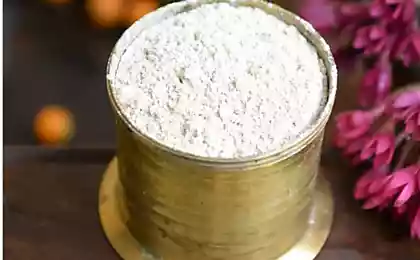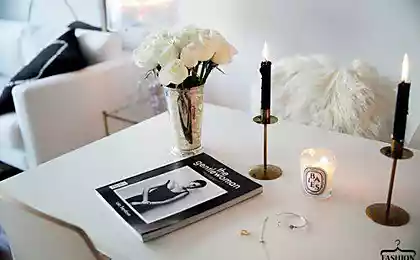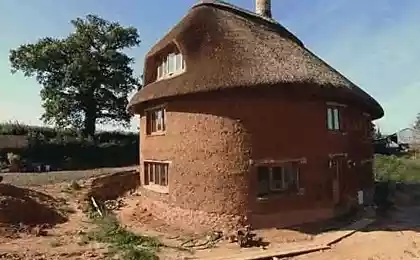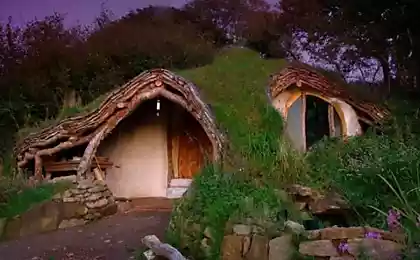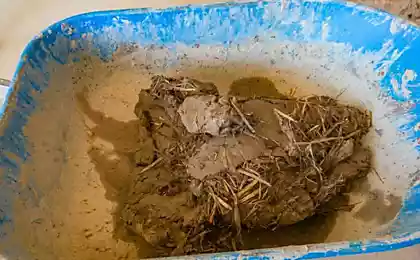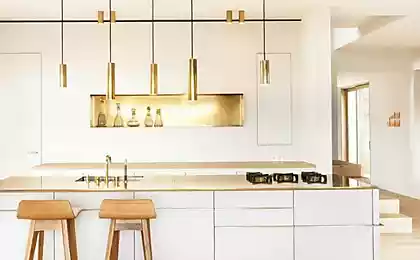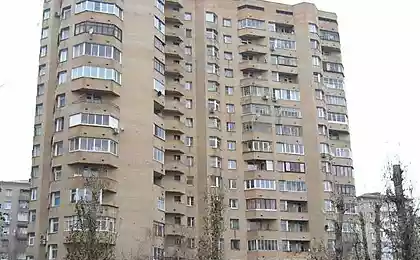173
Clay in the house - ideas for ecoremont
Why do we advise all friends who plan to make repairs in an apartment or house – clay?
- First of all, clay heals.
- It regulates air humidity (retains a healthy microclimate).
- It has antiseptic properties.
- It absorbs smells.
- High-frequency radiation is jamming.
- Preserves and protects wooden structures.
- It stores heat energy.
- Clay is pleasant to the touch and in its natural form gives a feeling of warmth.
- Materials made of clay (compared to other materials) have better sound insulation properties.
- The clay is easy to work with, hypoallergenic and 100% recyclable. Clay plasters, thanks to various natural additives, can have different interesting design.
- Housewives note that in houses with clay plasters do not “sweat” windows and mold does not form on the walls.
Types of clay plaster:
- base (average thickness up to 2 cm) + finish
- decorative - only the finish - on the prepared base, for example, plaster plaster with putty (average thickness of 4-5 mm).
Features of clay plasters:
- application of the finish layer is always the end result, it can be left with a natural color, covered with a breathy casein primer, or a breathy casein paint of any shade.
- The application of the base layer does not always need to be reinforced with fiberglass nets or bags, because this layer in the production is already reinforced with vegetable fibers.
- Basic clay plaster is great for installing wall heating.
Wall heating Suitable surfaces (after necessary preparation) for application of base and finish clay plaster:
- stained and unburned brick; concrete;
- foam block;
- cinderblock
- straw blocks;
- reed mats;
- any wooden surfaces (board, OSB, drank, timber).
source
Source: /users/147
How to get rid of chronic fatigue syndrome
2 easy recipe homemade chocolates - choose and delight yourself






